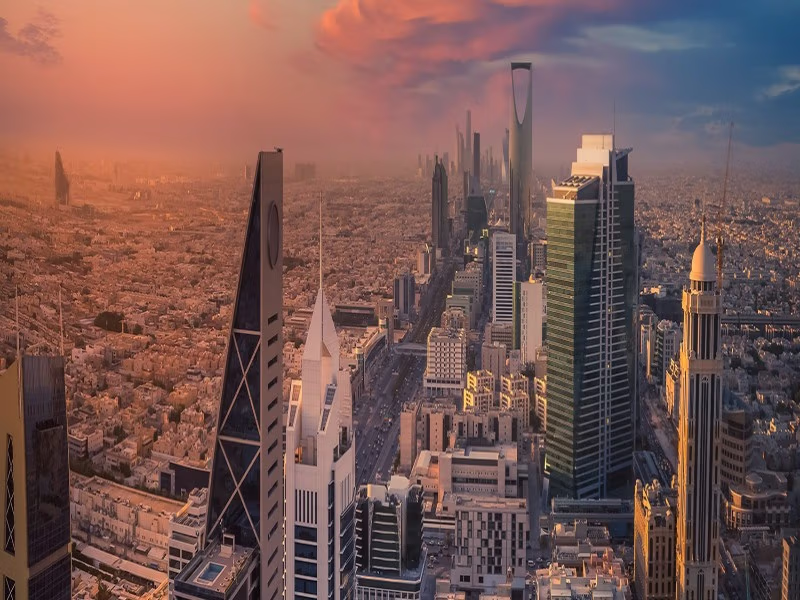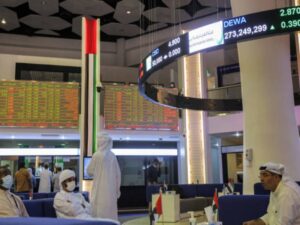An industry report indicated that Saudi Arabia is forecasted to increase its gross domestic product (GDP) to 4.5 percent in 2027.
An economic update of the Middle East by the Institute of Chartered Accountants in England and Wales estimated a rise in the Saudi economic growth, which stood at 4.5 percent in 2025 to 4.3 percent in 2026.
The non-oil sector is also performing very well as the Purchasing Managers Index has reached its second-highest figure of 60.2 in October since 2014, signifying high output, new orders, and employment gains.
ICAEW reported that “We expect non-oil activity to expand by 5 percent in 2026, from 4.6 percent this year, and accelerate to 5.3 percent year-on-year in 2027.”
Therefore, the institute, the fiscal deficit is projected to increase rapidly to SR88.5 billion ($23.5 billion) in the third quarter of 2025, and the full-year deficit outlook in 2025 is increased to 5.3 percent of GDP, and is expected to widen to 5.6 percent in 2026.
It stated that “Despite rising fiscal pressures, we don’t anticipate a significant pullback in government spending, as the authorities retain ample buffers to manage near-term financing needs.”
Recent economic reforms to liberalize the economy have seen the lifting of restrictions on foreign investment in real estate, the local equity market, and a five-year rent freeze in Riyadh to contain rental price inflation, but this will discourage domestic investment in new rental property.
However, the inflation is projected to be kept down to 2.2 percent in 2025. In the UAE, the forecasted growth in GDP will increase to 5.6 percent in 2026, compared to an estimated growth of 4.9 percent in the current year, due to robust non-oil growth in tourism, trade, and financial services, and a recovery in oil production as OPEC+ quota softens in the second half of 2026.
Non-oil activity is also strong, with PMIs at about 54, and non-oil GDP is expected to grow 4.3 per cent in 2026, backed by “sustained trade activity, robust consumption, rapid population growth and continued policy-driven diversification.”
The 2026 federal budget of the UAE revealed an enormous 29 percent boost in the anticipated government income and spending.
It was reported that “We expect a similar picture for the general budget as the government aims to make strides in achieving the long-term targets in its ‘We the UAE 2031’ development plan.”
The economy of Dubai achieved a growth of 4.4 percent year-on-year in the first half of 2025, highlighted by a 6.9 percent fiscal surplus.
The current account balance of the UAE has been strengthened, and the introduction of domestic minimum top-up tax is in line with international standards. The inflation is assumed to be averaged at 1.9 percent annually and increase to 2.5 percent in 2026.
Meanwhile, the regional GDP is expected to rise by 4.4 percent across the GCC in 2026. The non-energy sector in GCC is projected to grow by 4.1 percent in 2026.
GCC consumers have been excellent performers, with consumer spending expected to increase by 3.5 percent per annum in the next two years. The travel and tourism industry has been on the increase, and the forthcoming of the GCC unified visa in 2026 is likely to drive up the arrival rates.
Other than tourism, technology is also becoming a major force of diversification with great investments in artificial intelligence infrastructure.






